Introduction
White Pomfret is probably one of the most famous sea fish in Pakistan. White Pomfret is one of the few fish that does not taste fishy and has no odor.
Flavor Profile
White Pomfret has bright white meat with fine fibers that is a little chewy and mildly oily. The flesh breaks up easily on the plate but not along distinct flake lines
Nomenclature
- English Name: White Pomfret, & Silver Pomfret
- Local Name: Safaid Paplet, Pitho, & Ghir Pitho
- Scientific Name: Pampus Argenteus
Habitat
White Pomfret is a Sea fish that mainly lives in the demersal region on the continental shelf to about 80 m. White Pomfret usually found in large schools over muddy bottoms.
Catching Method
White Pomfret is caught using Gillnets, Bottom Trawling, and Bag-nets
Physical Attributes
White Pomfret has no visible Scales on the body. The body is firm, very deep, oval, compressed; dorsal and anal fins are preceded by 5–10 short, blade-like spines with pointed ends (embedded and barely visible in adults); dorsal-fin rays 37–43; caudal fin deeply forked, lower lobe often extended.
Cutting Preferences
White Pomfret is preferred for Whole, Headless, and Slice cutting.
Color
White Pomfret is silvery-white on sides, and slightly darker bluish or greyish on back
Size
On average, White Pomfret is 250 grams in weight, However, Smaller and larger sizes are also available on demand
Approx. Cutting Yields
- Whole: 100 %
- Gutted: 87 %
- Headless and Gutted: 75 %
- Slices: 70 %
- Boneless: 38 %
Cooking Preferences
White Pomfret is preferred to Grill, BBQ, and Fry
Health Benefits
- Heart friendly
- Lowers Blood Pressure
- Improves Immune System
- Strengthens the bones
- Improves Skin and Hair health

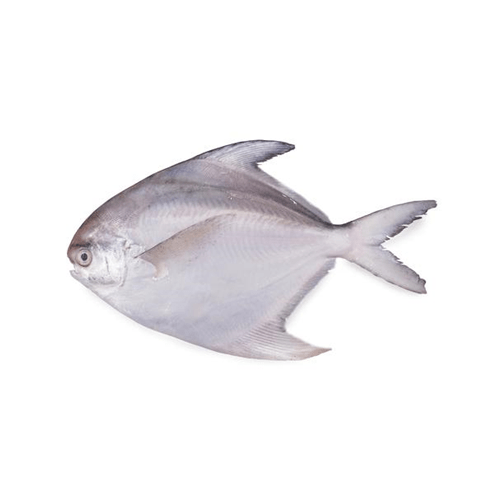
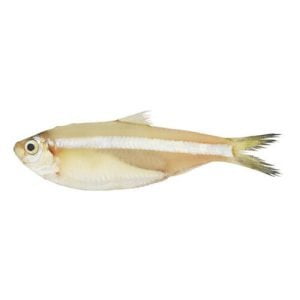
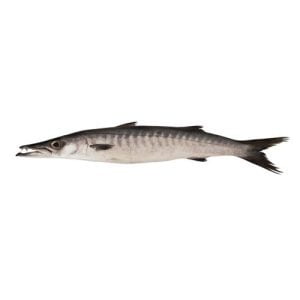
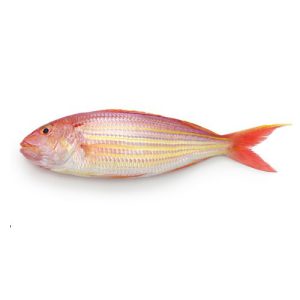
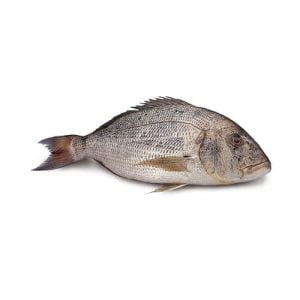

Ghazali –
White pomfret delights the palate with its subtle, sweet taste and tender, flaky texture, making it a versatile choice for various cooking styles. Its delicate flavor pairs beautifully with a range of seasonings and sauces, making it a favorite in Asian cuisine.